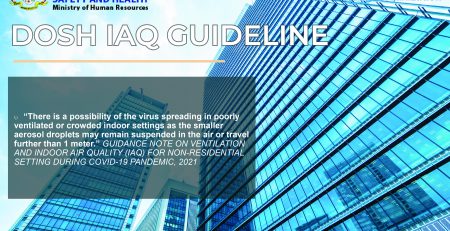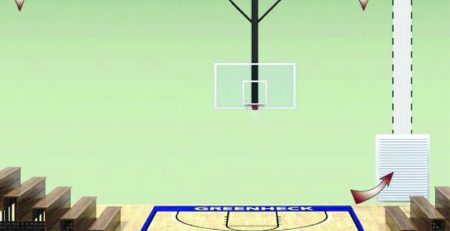Difference Between Air Cleaners And Air Purifiers
What is the difference between an air cleaner and an air purifier? . Air cleaners filter the air (HEPA air cleaners for instance) while air purifiers sanitize the air by emitting negative ions, ozone, utilizing heat (Airfree air purifiers) or with UV or UVC lamps.
Air cleaner strengths: Filters the air and collects dust, especially the larger dust (mostly dead skin) and pet dander.
Air cleaner cons: Most air cleaners feature a fan that on high can make a lot of noise pollution. Expensive replacement filters, expensive to purchase. Most do not address the negative ion issue.
Air purifier strengths: Kills airborne pathogens that cause allergies and sickness. Many air purifiers offer silent operation. Less expensive to operate than air cleaners.
Air purifier weaknesses: Little or no dust removal capabilities. Without good air circulation, can only purify the air in a portion of one room.
Air cleaners are often judged by a CADR (clean air delivery rate) number or by the number of air exchanges per hour. CADR however only tests for larger particles (pollen, dust, over .3 micron in size) and not for viruses, mold, mildew, bacteria, VOC’s, chemicals, or cigarette smoke….in other words, they test for things that make us sneeze, not things that make us sick or even kill us.
Air Purifiers on the other hand have a different mission. Their job is to purify or sanitize the air of things that cause odors or make us sick. Some use heat (Airfree), others UV or negative ions, yet others use ozone. Ozone generators are often sold as air purifiers which has the EPA’s panties in a wad, but for good reason. Most are sold by MLM direct marketing to little old ladies who buy the sales pitch …”it’s like a rain forest in your home” they say. However, ozone, while it’s not a toxic gas or smog, it is a very strong oxidizer and harsh on the lungs in large quantities. A little bit of ozone, that’s fine, monther nature makes ozone in clean environments. But in those clean environments there are not any nitrous oxides, a by product of ozone generators (in high concentrations) and there is not a lot of ozone. Ozone generators are best used for shock treatments in empty rooms, that’s it. Don’t let anyone tell you otherwise. What if you smoke? Well then I guess it’s better to breath ozone than second hand smoke. But that’s the exception to the rule. However, you’d be better served with UV technology. The Air Oasis Xtreme for instance can clean the air as well as an ozone generator without the high ozone levels. The Ionic Zone PCO Sanitizer can also remove VOC’s and odors from the air.
How do UV air purifiers purify the air? They utilizes hydrol radicals and super oxide ions or high intensity UV lamps (UVC induct units) to fry the DNA of microorganisms passing by. Often referred to as “mother natures broom”, hydrol radicals are very short lived, but very effective at purifying the air. UV and photocatalytic oxidation is gaining ground as the weapon of choice in the war against indoor air pollution. the old standard, negative ions (ionizers) on the other hand is losing ground mostly due to the negative press from the Ionic Breeze. However, the Ionic Breeze is not an ionizer as it produces a positive charge, not negative to attach particles to their negatively charged plates. Regardless, negative ions are stil an important component of indoor air and worthy of your consideration.
The best air purification devices in the world utilize air cleaning and air purifying technologies together to address a myriad of indoor air quality issues. One of our favorites is the NQ Clarifier. It utilizes 2 UV lamps along with 15 lbs of carbon and 80 sq ft feet of medical grade HEPA. It runs on under 100 watts and has a dial speed control which allows for ultra silent operation. We also love the Austin Air Allergy Machine and the Airpura I-600 for dust and general odor abatement. While those units are air cleaners, they can also purify the air with carbon and UV germicidal lamps.
We hope this article helped you understand the difference between air cleaners and air purifiers and the different technologies available today. If you still have any questions, give us a call and we’ll be happy to assist you with the perfect solution to your particular indoor air quality concern.










